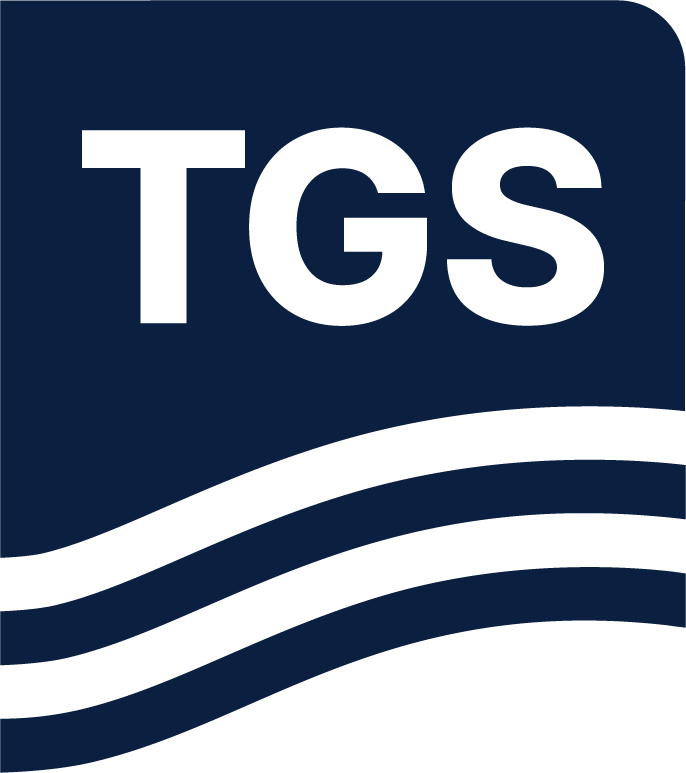In ocean bottom seismic data, vertical components are frequently contaminated by converted shear waves due to the scattering in the shallow seabed. Proper removal of this energy is an important step in ocean bottom node processing because it can affect the P/Z wavefield separation to up- and down-going wavefields, using for example P/Z calibration and summation, and the subsequent processing results. This paper proposes the use of the dual-tree complex wavelet transform to attenuate the geophone noise, using a P/Z amplitude ratio thresholding approach. In this multidimensional domain with data being decomposed into different wavelet levels and orientations, the signal and noise separation is efficiently handled. This paper will describe the proposed method, compare it with a similar method in the curvelet domain and demonstrate it in a real data example.
Technical Library

